The smell of rotten, boiled eggs stands out in Kateryna’s memory of her six months living at a refugee camp in Berlin.

“When you peel them, the smell is horrible,” she said. “The yolk is black.”
She has a collection of photos and videos of inedible food on her phone that she says was served to Ukrainian refugees at the camp set up at the former Tegel airport. Sliced bread black with mould. Small white worms crawling on a yogurt cup.
But the food, and subsequent stomach issues she said some developed, was only one of the issues plaguing the camp.
With the two-year anniversary of the war in Ukraine approaching, Kateryna is one of more than a million Ukrainian refugees who have arrived in Germany hoping to restart their lives. That process, though, has been more confusing, stressful, and lengthier than she anticipated.
The 38-year-old and her two teenage daughters shared a room with up to a dozen people, with only a thin curtain separating their unit from hundreds of others. Bunk beds lined the walls, draped with clothing and sheets for some semblance of privacy. After her daughter’s phone and passport were stolen, they started taking turns leaving the room.
“There is no such thing as safety here. Every day we are on edge because we don’t know what tomorrow is going to bring us,” Kateryna said. Global News is not using her full name because she fears reprisals from camp management.
More than 4,400 refugees and asylum seekers live in the former airport and large white tents erected on the runway tarmac, according to state officials.
While Germany has welcomed Ukrainians and committed billions in support for Ukraine, thousands of refugees are stuck in limbo, caught between a strained immigration system and a housing crisis in the capital city.
In Berlin, state-run accommodations for refugees are at near-capacity, city shelters are full, and newcomers face discrimination in an already highly competitive housing market. The camp at Tegel is keeping people off the streets but could close later this year. The question facing the state now: Where will all these people go?
The Tegel Arrival Centre in Berlin was designed to be a one-stop-shop: Ukrainians would register, receive temporary residency status and a work permit. They’d be assigned to live in one of Germany’s 16 states and provided a train ticket to get there.
“There were thousands of refugees coming every day and we needed a large area where we could both get registration going in large numbers and have accommodations inside,” said Monika Hebbinghaus, spokesperson for Berlin’s State Office for Refugee Affairs. “This was a place that was big enough to do so.”
The airport was shut down in 2020, and was used as a vaccination clinic throughout the COVID-19 pandemic. At the outbreak of war, it was quickly re-tooled into a registration centre and emergency shelter. Now, two years on, the former airport has become its own pseudo-community.

Get daily National news
The coalition of aid organizations that runs the camp has set up various activities to keep people busy. There’s a basketball court, paved soccer field, and a small garden outside the tents.
Inside, there are play areas for kids, a store of donated clothing, and classrooms. While people were grateful for this, there was a palpable sense of frustration and confusion in the camp.
Refugees at Tegel are left to find their own housing rather than wait for a state accommodation to become available, said Hebbinghaus, but of the 10 people Global News spoke last September, all expected to be placed in government-owned housing.
Unable to speak German or English, several said they didn’t even know how to go about finding a space to live on their own.
“We are waiting for an apartment. We thought we would be provided housing,” said Volodymyr, 37, who had been living at Tegel for five months with his wife and four children, all under five years old.
He said after a few months they tried to look for an apartment but that the language barrier made it “impossible.”
Across Germany, 2022 marked the biggest decline in vacancy rates in 20 years, according to real estate consulting company CBRE and research firm Empirica. The city of Berlin’s vacancy rate is predicted at roughly 0.3 per cent.
Last fall, the German government announced a 45-billion euro (C$66 billion) relief package to encourage the construction of new housing. High interest rates and changes to building requirements have slowed down the construction of new apartment complexes.
After the 2016 refugee crisis overwhelmed the country, the Senate passed legislation to build 12,000 modular housing units for refugees, in the hopes Germany would be better equipped to handle another such influx. Eight years on, about two-thirds have been built but not all of them are up and running, Hebbinghaus said.
“Certainly the capacities are quite stretched now,” she said. “I think overall we do not need more refugee housing, we need more affordable apartments for everybody.”
It’s normal to see 50 to 60 people lining up for apartment viewings in Berlin, said Hafid Shaaib, a housing advocate who works at Zusammenleben Willkommen, a nonprofit that connects refugees and asylum seekers with Berliners who have an extra room in their flats.
“The landlord looks for: Who has money? Who has a secure job?” Shaaib said.
Being unemployed and having temporary residency papers also works against newcomers, he said.
In the fall, when Kateryna tried to arrange for her and her daughters to move into a hostel, she said their arrangement was cancelled when she disclosed she was currently living at Tegel airport.
- RCMP say Haitian migrants including 3-year-old, intercepted in Quebec near border
- Nigerians react after U.S. airstrikes targeting alleged Islamic State camp
- ‘The year that the shoe dropped’: Canada-U.S. relationship in 2025
- Indonesian rescuers search for a Spanish coach and 3 children after tour boat sinks
Kleopatra Tümmler, who works for the German Red Cross, one of several non-profit organizations that manage the camp, said that the situation is not ideal, but that Red Cross workers are doing their best to accommodate the continued flow of people into Germany.
“These circumstances should be different, but since it’s built like this and it’s right now fully packed, we don’t have a chance to change it,” Tümmler said.
The camp was expanded recently to house an additional 2,500 people, bringing the total capacity to around 7,000. While the number of Ukrainian refugees entering Germany has decreased, an influx of asylum seekers has further strained services. More than 260,600 claims were processed in 2023, according to the Federal Office for Migration and Refugees.
Inside the camp, tensions were high between Ukrainian refugees and newly arrived migrants from Turkey, Syria, Afghanistan, Georgia, and Moldova. Navigating the limited resources in the camp, such as laundry and showers, alongside language barriers and cultural differences poses daily challenges. With so many people living in such close quarters, Tümmler said she can understand why people are fed up.
Unless the Senate votes to extend the camp’s operations, it will be closed down by the end of the year so a major redevelopment of the site can get underway. The former airport will be transformed into a “smart city,” complete with a residential district, nature reserve, university campus, and start-up hub.
“But until then, I think we have to hold onto this place till the last minute,” Tümmler said.
Berlin is searching for sites that could be re-purposed for 20 “container villages” and 10 new housing projects.
After six months at Tegel, Kateryna moved to a different refugee camp at the decommissioned Tempelhof airport in Berlin. She now plans to look for an apartment in another area of Germany where units are more available.
She visited Frankfurt in January — and for the first time since she arrived in Germany nearly a year ago — Kateryna said she’s feeling hopeful. She’s enrolled in a language course, plans to update her licence qualifications so she can get a job as a driver, and hopes her daughters can resume their schooling soon.
“As soon as we move into an apartment, or a hotel, or a hostel, we will have the opportunity to build a different life,” she said.


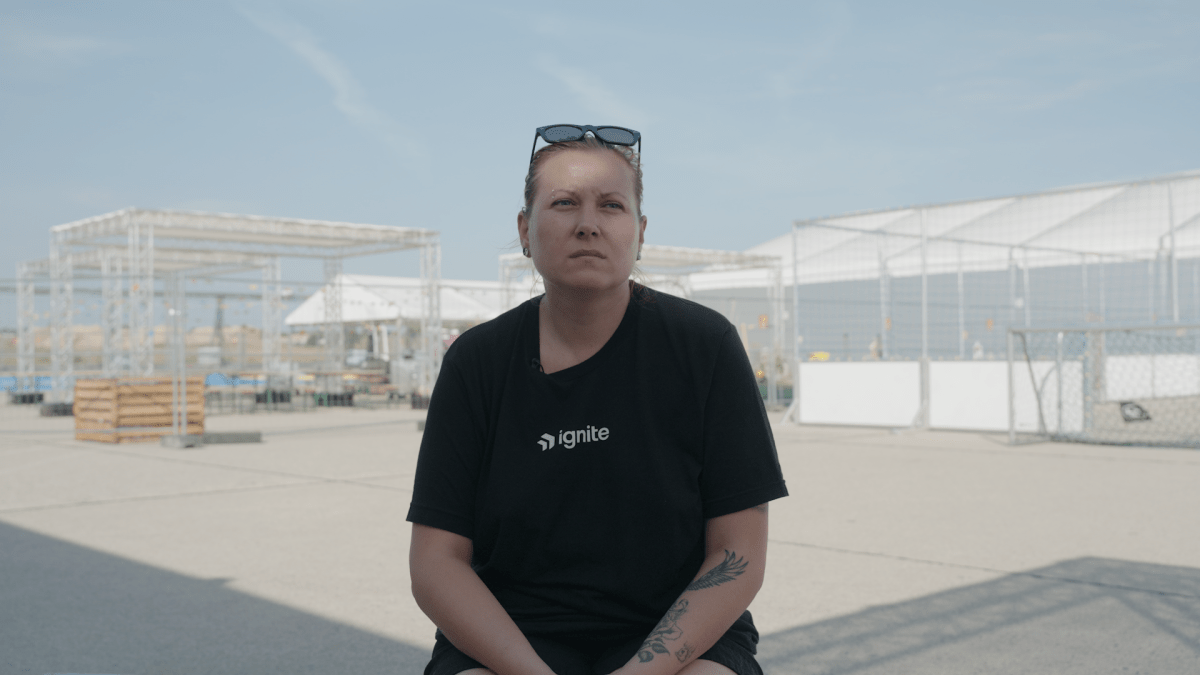
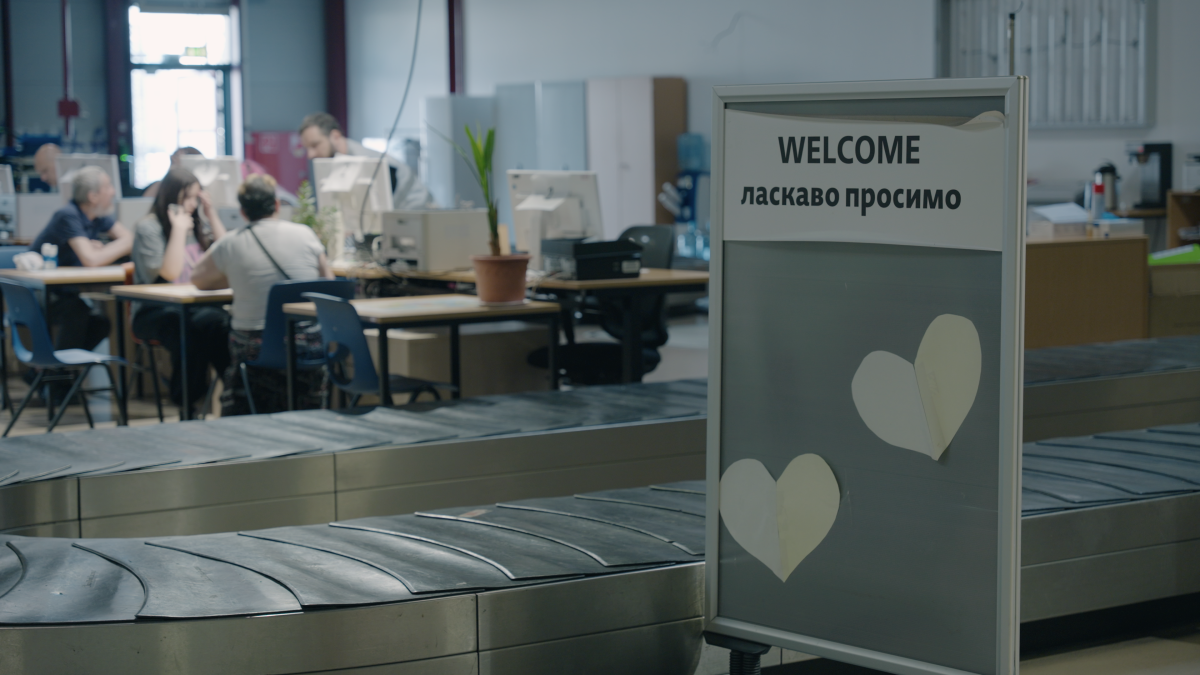
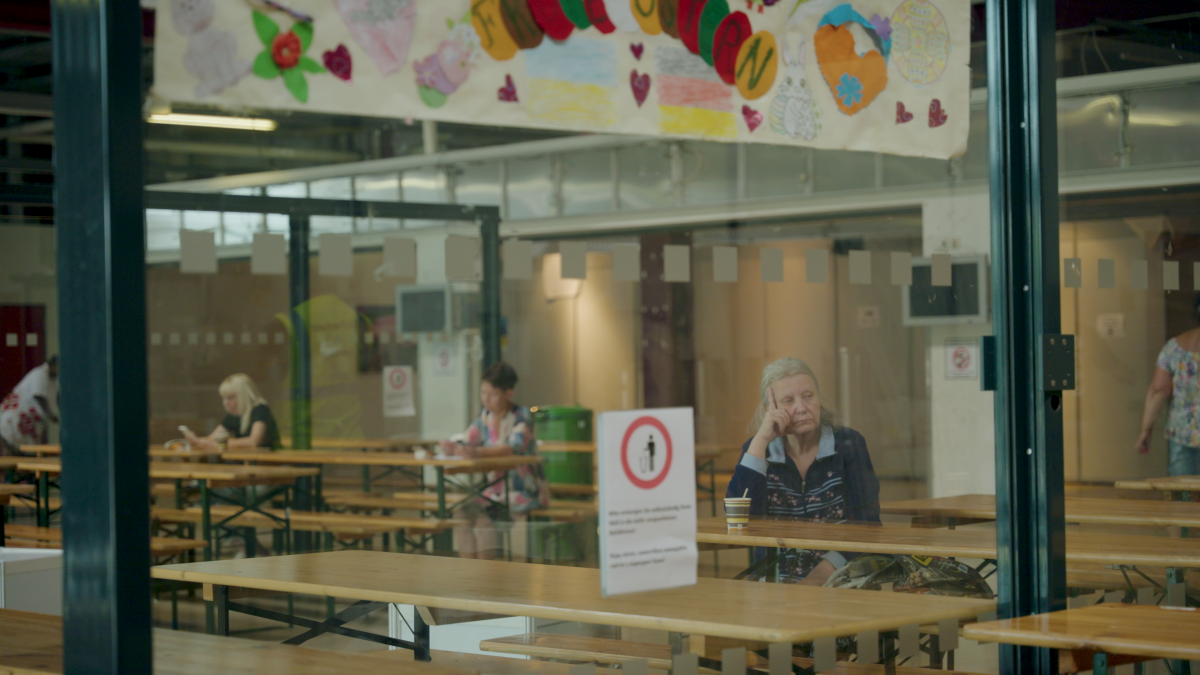
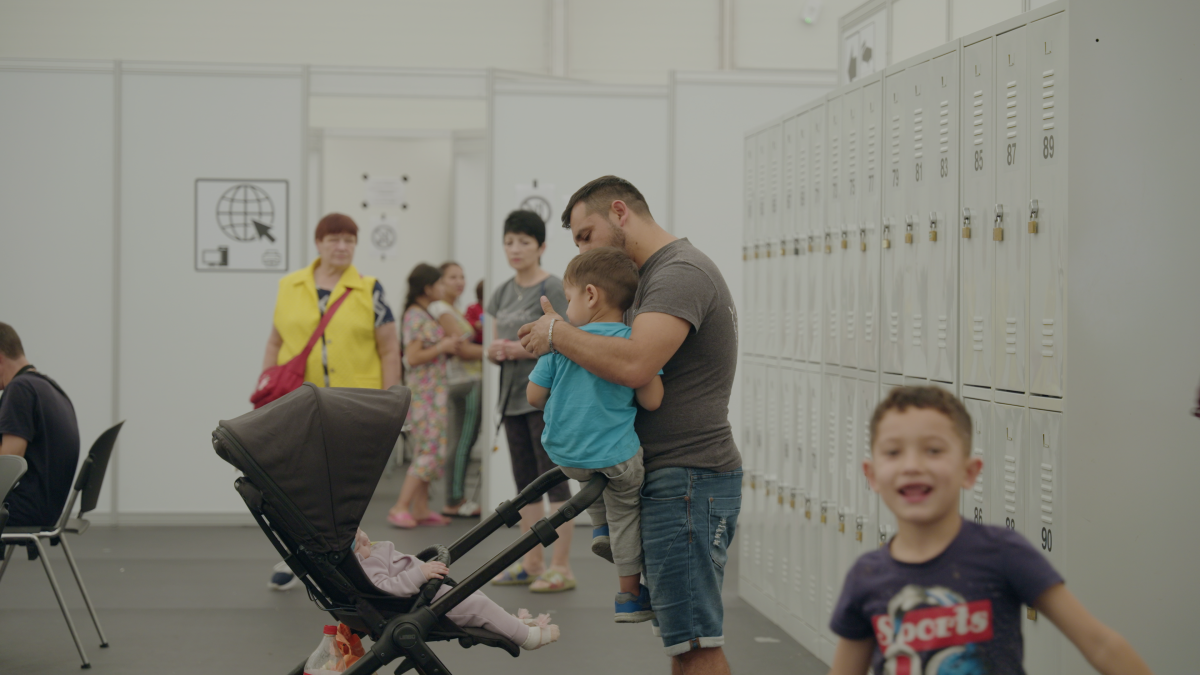


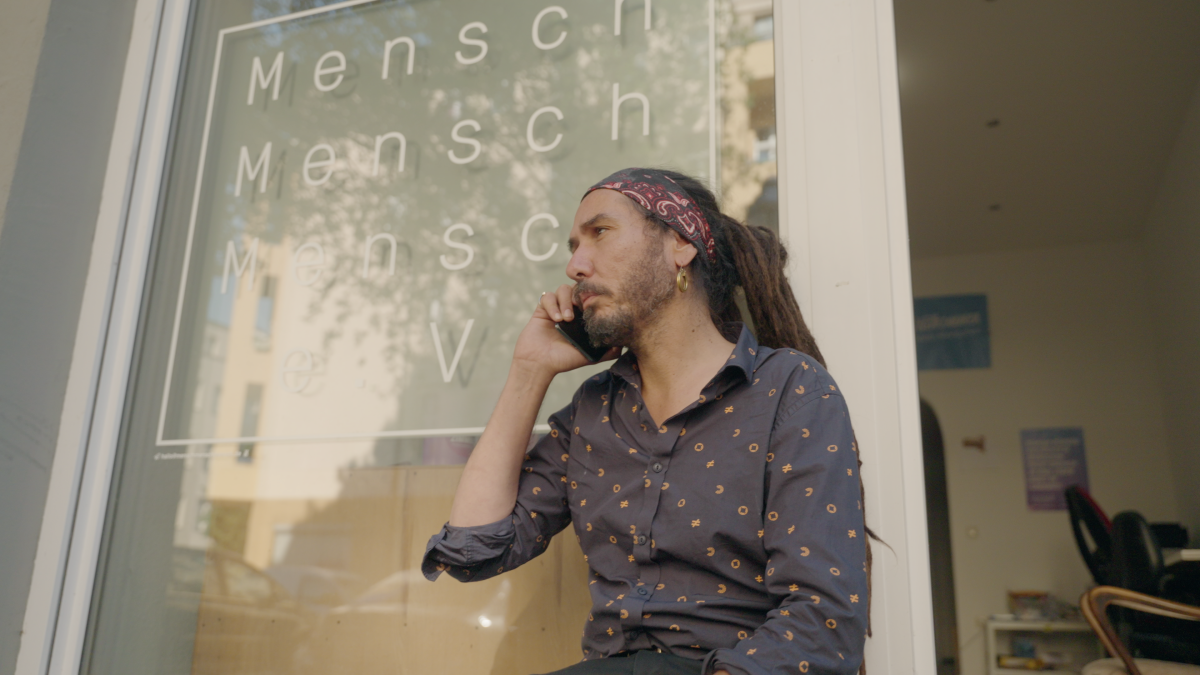





Comments